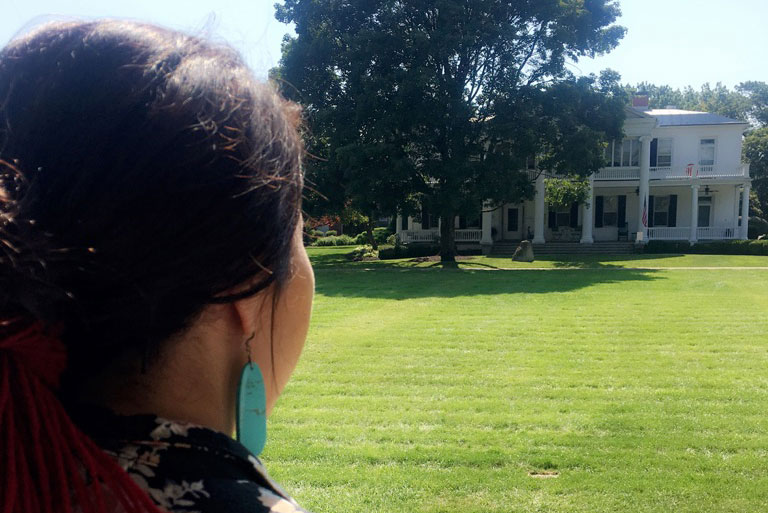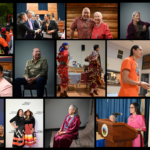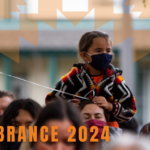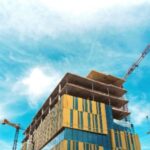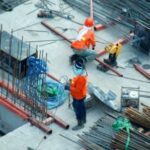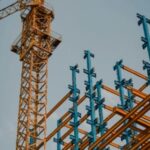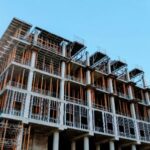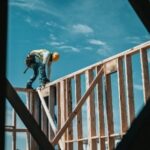In 2017 I made my first visit to Pennsylvania to participate in a curriculum development institute at Dickinson College that would allow educators to access the archives of the Carlisle Indian Industrial School. Visiting the present-day location of the Indian School had been on my list of research focuses for some time and it felt very healing as I prepared for the journey. I left New Mexico prepared with my offerings and I felt hopeful that our relatives, who did not make it home from Carlisle, would feel the energy, life, and spirit I brought with me.
On the second day of my research trip I made the short trek from Dickinson College dormitory to our meeting location. Despite it being July and very humid, I wore a skirt and a collared floral blouse with long-sleeves. I also wore my favorite pair of mid-calf, wrap-style moccasins and my hair tied in a “Pueblo bun,” adorned with yarn to hold the shape.
I prepared to cross a major intersection in Carlisle and held tightly to my bookbag that contained my prayer offerings, journal, phone, and other writing tools. When the light flashed, signaling for pedestrians to make their way through the crosswalk, I began walking. I was about halfway across the street when a vehicle sped towards me. The vehicle proceeded to make a left turn into the lane I was in so I sped up my pace. I could hear music blaring and the muffler choking. The driver slowed down right behind me and my back was at his driver-side window. From the corner of my eye I could see an object sticking out of the window and as he got closer he yelled at me and said, “…get out of the road, whatever the f*** you are!” His fist was clenched, minus the two fingers that were pointed at me as though he had a handgun loaded and ready to shoot. I was so shaken. I felt violated and my spirit sank.
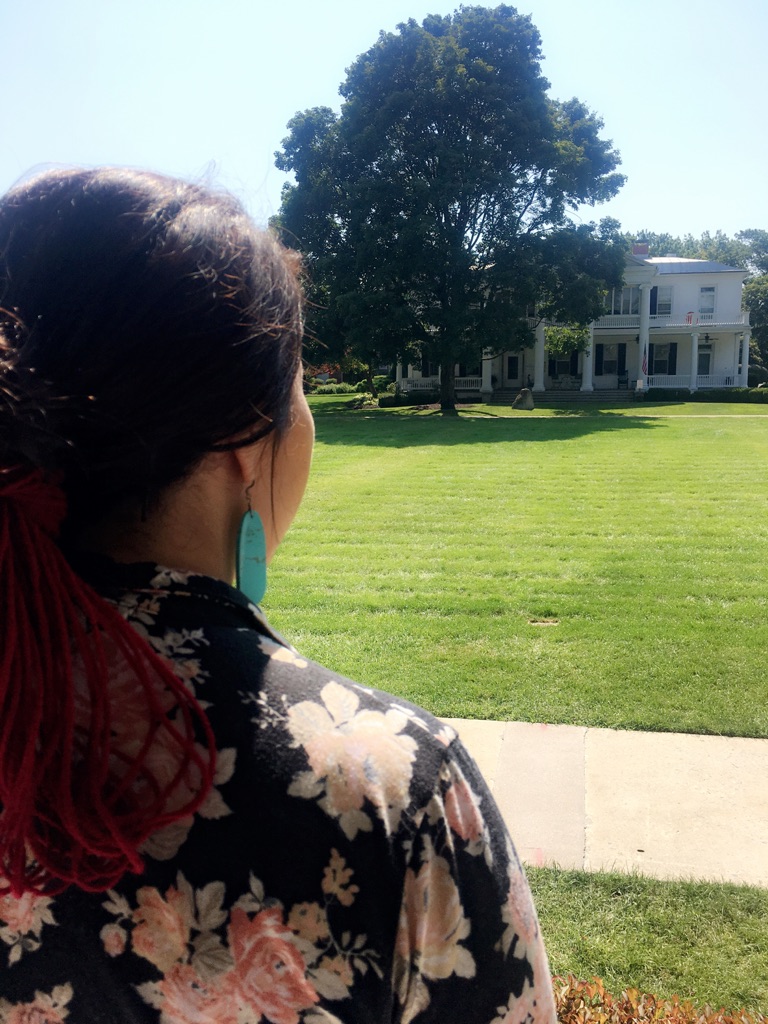 Overt racism was not anything new to me, as I’ve experienced it from as early as I can remember, but I did not expect that I would experience such blatant racism and white supremacy in Carlisle, nearly a century after the closing of the Carlisle Indian Industrial School. Sadly, it became apparent to me that “Kill the Indian, Save the Man” never really left Carlisle.
Overt racism was not anything new to me, as I’ve experienced it from as early as I can remember, but I did not expect that I would experience such blatant racism and white supremacy in Carlisle, nearly a century after the closing of the Carlisle Indian Industrial School. Sadly, it became apparent to me that “Kill the Indian, Save the Man” never really left Carlisle.
Might the Indian children who arrived in Carlisle have felt similarly to how I was made to feel when they arrived in Carlisle? What fears, sadness, and anger might they have felt as they got off the train and were paraded through town from station to school, through the waiting throngs of townspeople who gathered just to gawk at them?
I reflected on both their and my experiences. I prayed. I asked for guidance. I asked for strength and for healing. I prayed for the thousands of children who were sent to Carlisle and who departed the school forever changed. My heart also ached for those who did not make it home, but instead were buried in the Indian School cemetery.
It was astonishing the number of local businesses and townspeople today who were not familiar with Carlisle being a major landmark for federal Indian policy aimed at cultural genocide and assimilation. This forgotten history perpetuates the erasure of Indigenous people and our experiences and continues to dehumanize our ancestors, and their descendants, that were lost to and harmed by such places as Carlisle.
We continue to work hard to address the injustices that our children experienced during the Indian boarding school era, experiences such as the anguish of family separation, the terrible abuses experienced while at the boarding schools, disappearance, and death.
I too remain committed to this work, both personally and professionally. We must tell our stories, we must find and tell the truth, we must change the narrative and combat erasure, and we must continue our journeys of healing. #WeAreHealing
Joannie Romero (Pueblo of Cochiti)Secretary
(Bio)
